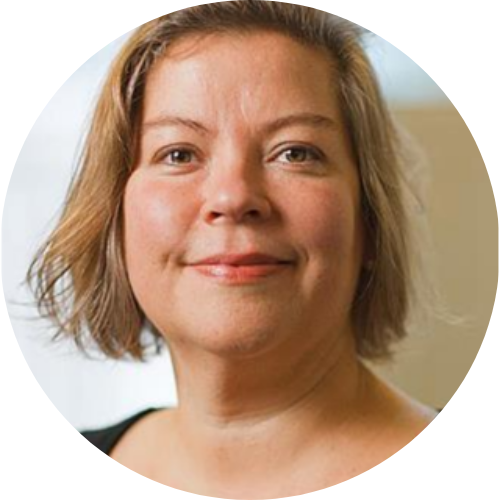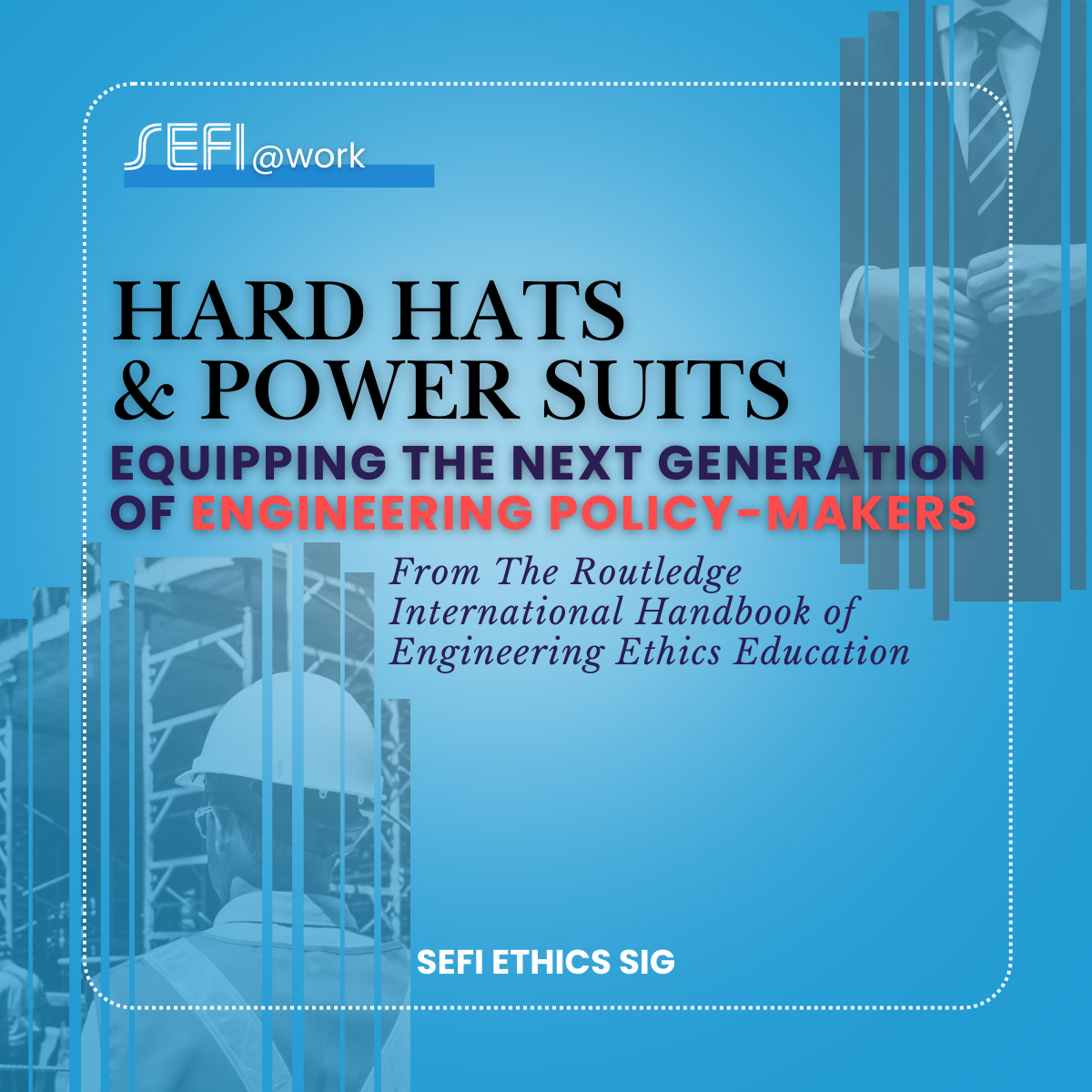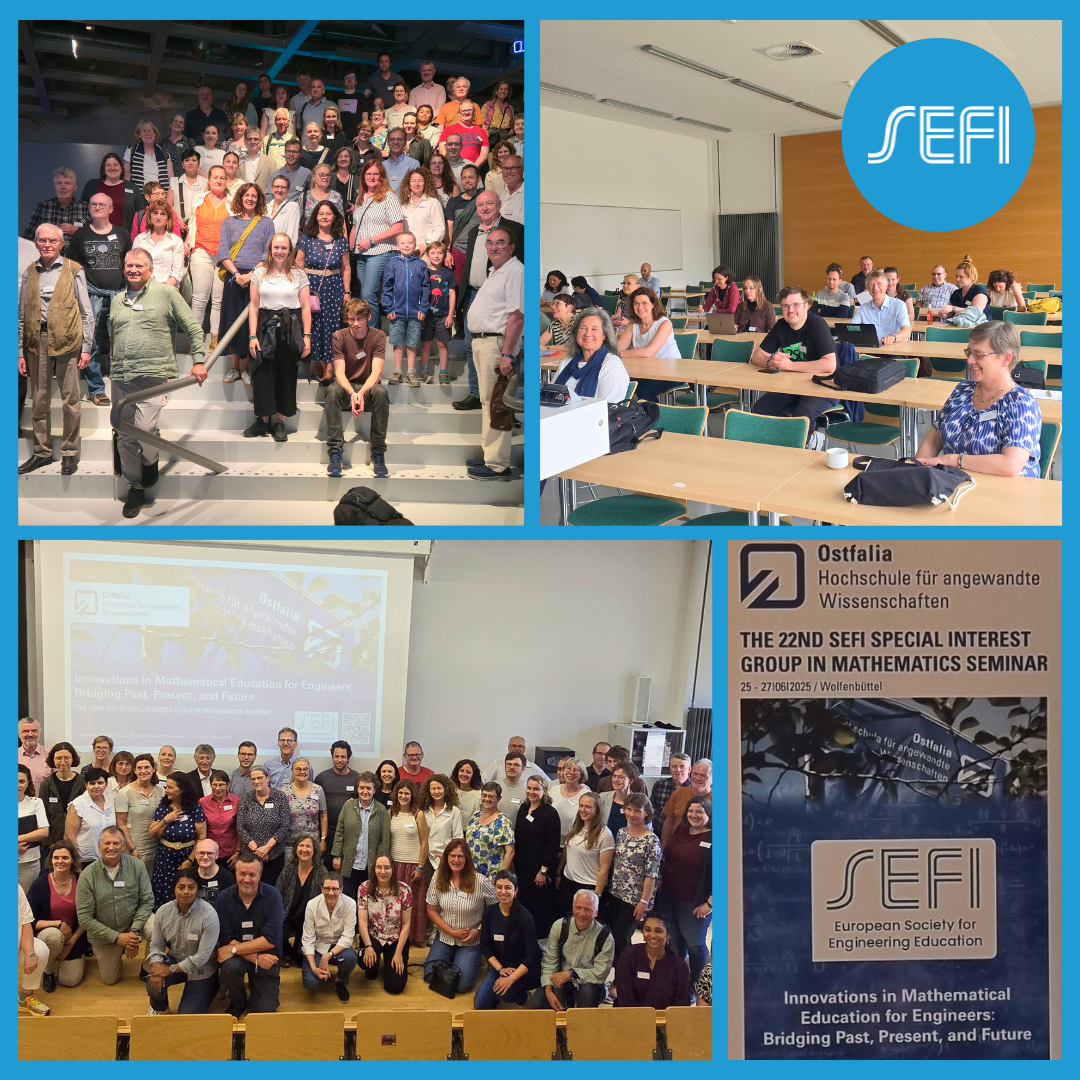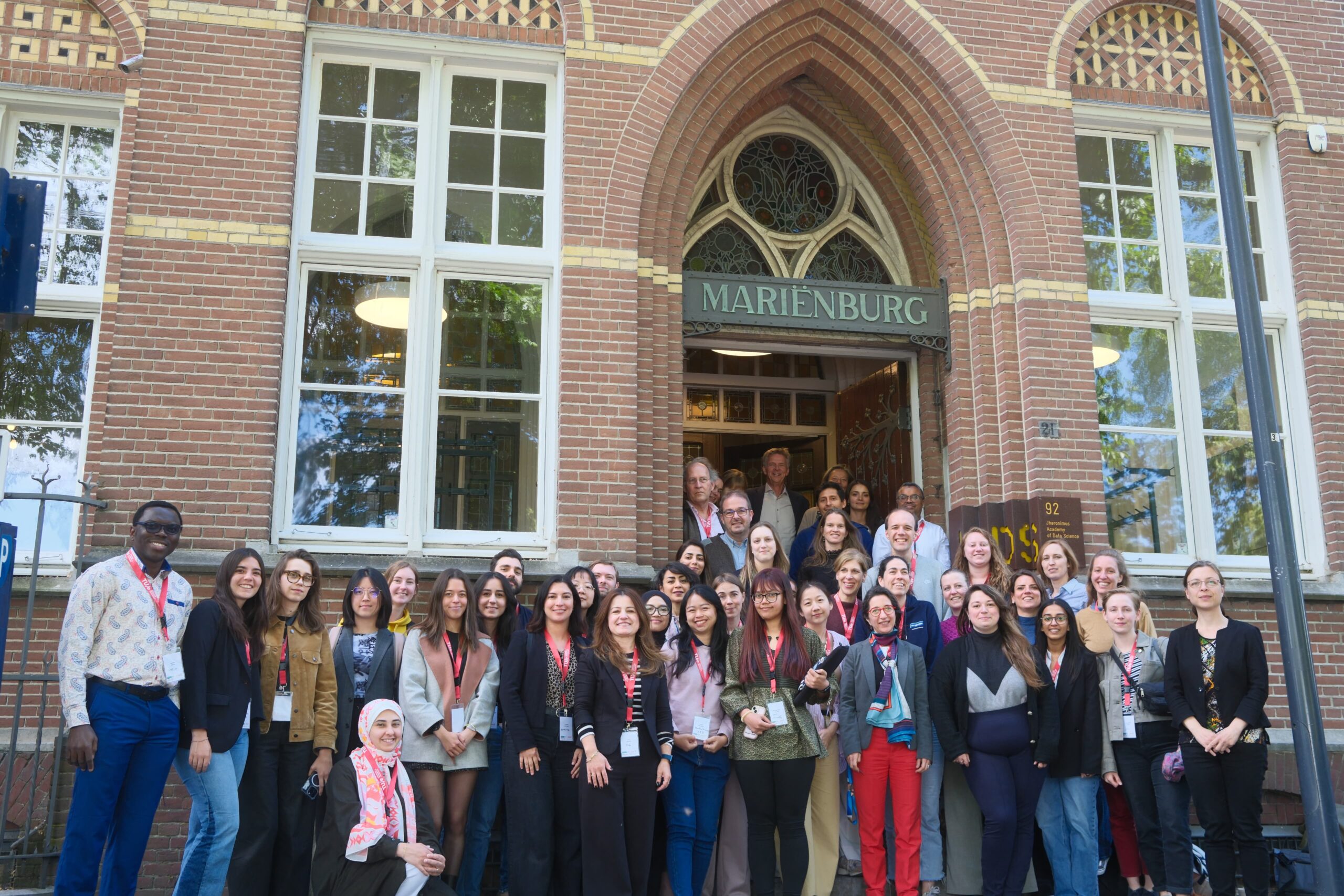By Tom Børsen, Associate Professor, Aalborg University How can we prepare engineering students not only…
Kristina Edström from KTH Sweden on Publishing with Neil Cooke and Natalie Wint

Many Engineering Educators aspire to share their work, and for it to influence the field. Authors submit hundreds of articles to journals and conferences each year for peer review. However, sometimes the process hits snags, with editors deciding to return or reject work even though it has many excellent elements. And even if a study is published, its article may not fully do it justice. Consequently, the work ends up under-cited and barely read in the digital ether. What can authors learn from the editorial board from SEFI’s flagship European Journal for Engineering Education (EJEE) on how to improve their articles for publication
In this episode we talk to Kristina Edström, Editor-in-Chief of EJEE and Associate Professor in Engineering Education Development at KTH in Sweden. Since becoming an educational developer in 1997, Kristina has been involved in engineering education reform at an institution level, as well as nationally and internationally. Kristina has been Editor-in-Chief of EJEE since 2018 and has played a pivotal role in enhancing the journal’s scholarly value and practical relevance. Her efforts in fostering a diverse network of reviewers and authors from various backgrounds have strengthened the journal’s position.
In recent decades engineering education research (EER) has emerged as a more coherent, global field of research with conferences, journals, and research centres. The variety of people involved in EER has also grown. Once thought as being dominated by engineers, the research community now includes a larger amount of those with a background in the social sciences (including education), and those who have obtained PhD specifically in engineering education. The change in both the audience of EER, as well as those conducting it, raises questions about the purpose of publications, for example whether they are more focused on the development of engineering programmes or research it and of itself. Whilst usefulness and scholarliness are not mutually exclusive categories, there are implications for how quality is defined and how we position our work.
The rest of the article will summarise the key points discussed.
From engineering to engineering education
Following completion of her engineering degree, Kristina worked in educational development helping faculty improve their courses and programmes. She explains that from 2003 it was mandated that every faculty member in Sweden have 15 ECT credits in courses on teaching and learning to be eligible as associate professor or professor. She also explains her involvement in KTH becoming a founding member of CDIO. Work in this area inspired Kristina to complete a PhD focused on why programmes started to revert back following programme change.
Development of the European Journal of Engineering Education (EJEE)
Kristina explains how the journal has changed over the last 48 years, from publishing various types of items, to evolving into a more scholarly journal. She compares this to the Journal of Engineering Education (JEE) which become an archive of scholarly work in 2005, in light of National Science Foundation (NSF) funding for EER and the desire to make EER a rigorous discipline. She explains that the previous editor of EJEE wanted to keep its contents relevant to engineering education and describes tensions between including the diversity of work happening within SEFI and developing a prestigious journal.
Becoming editor of EJEE
Kristina explains that she became Editor-in-Chief straight after finishing her PhD, at which point there were many manuscripts to process. She therefore recruited 2 deputy editors with the aim of submissions getting a response within a few years. The journal now as several associate editors, something which Kristina says allows for discussions, advice and more fun! She stresses the need to become involved in reviewing, saying that authors should do 5 reviews for every paper they submit, and describes the benefits of reviewing in terms of learning good practice from editors and fellow reviewers. She explains the purpose of a review is to make recommendations to the editor and suggestions to the authors.
Usefulness and Scholarliness
Kristina explains that the two quality criteria for the EJEE are usefulness and scholarliness, the latter meaning that the work should be coherent and position itself within existing literature. She describes the debates around the meaning of usefulness, saying that a paper should be useful to readers outside the context where the work was made. She goes on to explain that this requires authors to explain practice beyond saying that ‘it worked’.
Kristina talks about a new journal that is being started by SEFI, namely the Journal of Engineering Education Advancement (https://sefi-jeea.org/index.php/sefijeea), which is intended to cater for papers that EJEE, perhaps, does not. She explains that these papers are still valuable and deserve to be read.
Trends
Kristina explains that the journal has seen an increase in authors who have PhDs in engineering education. She describes the way in which ‘hot’ topics are covered by special issues, for example Early Career Engineers and the Development of Engineering Expertise (https://www.tandfonline.com/toc/ceee20/47/1) and currently, Emotions in Engineering Education (https://think.taylorandfrancis.com/special_issues/emotions-engineering-education-widening-perspectives-in-rapidly-growing-field-research/) and Interdisciplinary Learning and Transformation of Engineering Education (https://think.taylorandfrancis.com/special_issues/interdisciplinary-learning-transformation-engineering-education/)
Methods
Kristina explains that the nature of EER means we are studying problems that are somehow rooted in practiceand that the problem should determine what method to use. She reminds us that we can borrow methods from many other fields and use them depending on the need of our problem and study, and stresses the importance of methodological diversity. She describes the need to defend and clearly describe the methodology selected. Kristina reminds us that methods are part of much wider research design and encourages us to enrol of research courses, read widely and to start journal clubs.
Fostering inclusive research communities
Kristina explains how, as a community, we can tend to think of EER as exclusively for engineers who just need to borrow some methods from education. She encourages us to have humility, openness and curiosity for other disciplines, whilst still being proud engineers. Kristina explains her passion for development of the community, describing the doctoral symposium in conjunction with the SEFI Conference. She explains the need to create an environment in which the future of the field are nurtured.
Resources
An editorial from 2018 outlining the need to build editorial capacity.
https://www.tandfonline.com/doi/full/10.1080/03043797.2018.1433112
An editorial from 2018 outlining the changing scope of EJEE.
https://www.tandfonline.com/doi/full/10.1080/03043797.2018.1501840
A paper which considers the role CDIO in the field of engineering education research (EER). The work explores the EER landscape and whether the aim of research is seeking knowledge to improve education or for its own sake. It argues that there is a need to consider whether the priority of work is usefulness or scholarliness both during the research process and in evaluating work.
https://www.tandfonline.com/doi/full/10.1080/03043797.2017.1401596
A paper about a panel discussion focused on the role of different knowledge artifacts in creating, maintaining, and circulating knowledge within the engineering education community.
https://ieeexplore.ieee.org/document/9962543
Papers about workshops focused on inclusive review of papers, explaining different quality criteria for scholarship in engineering education, and how they can be applied in peer review, as well as highlighting aspects of a manuscript that a reviewer could focus on to help authors improve their manuscripts and help editors make fair and equitable decisions.
https://ieeexplore.ieee.org/document/9962423https://www.researchgate.net/publication/371816010_Reviewing_manuscripts_in_engineering_education_research_journals_fairly_constructively_effectively


